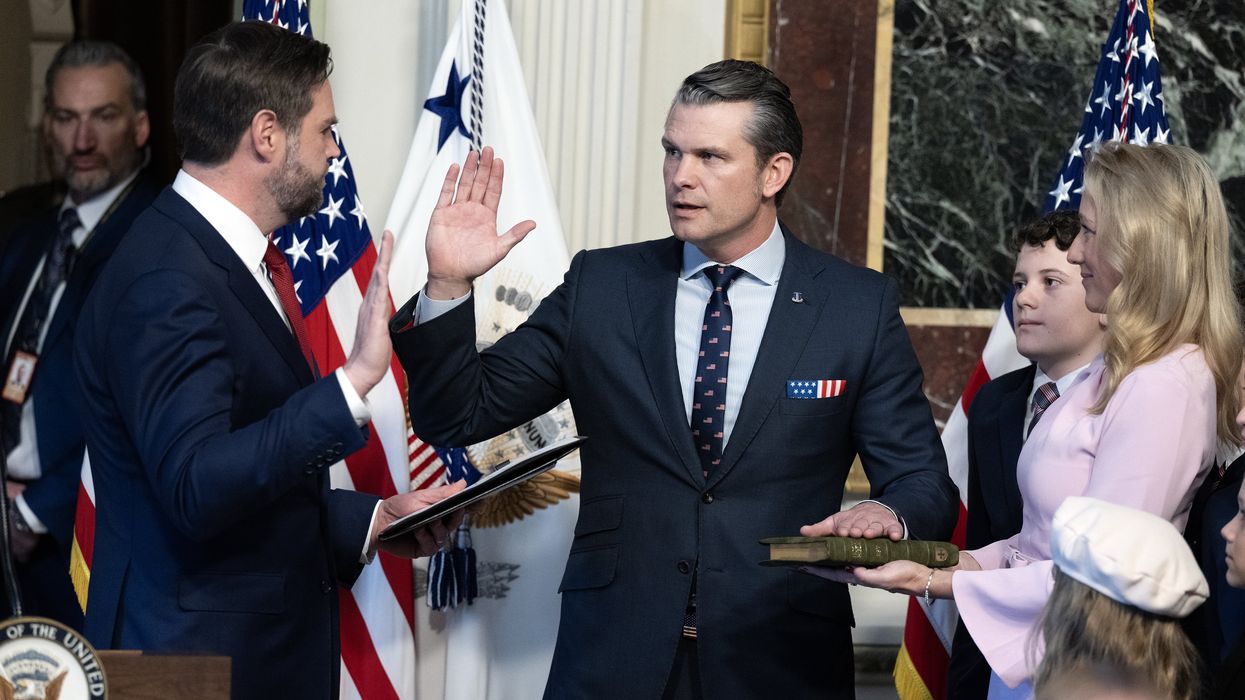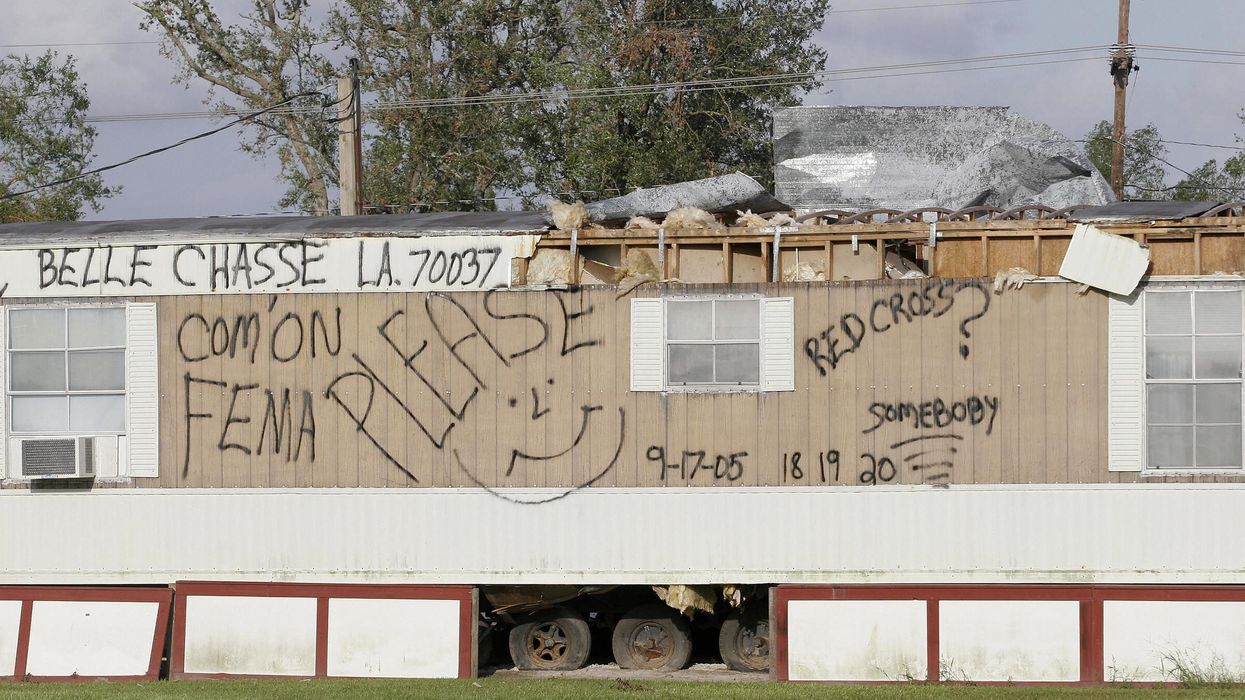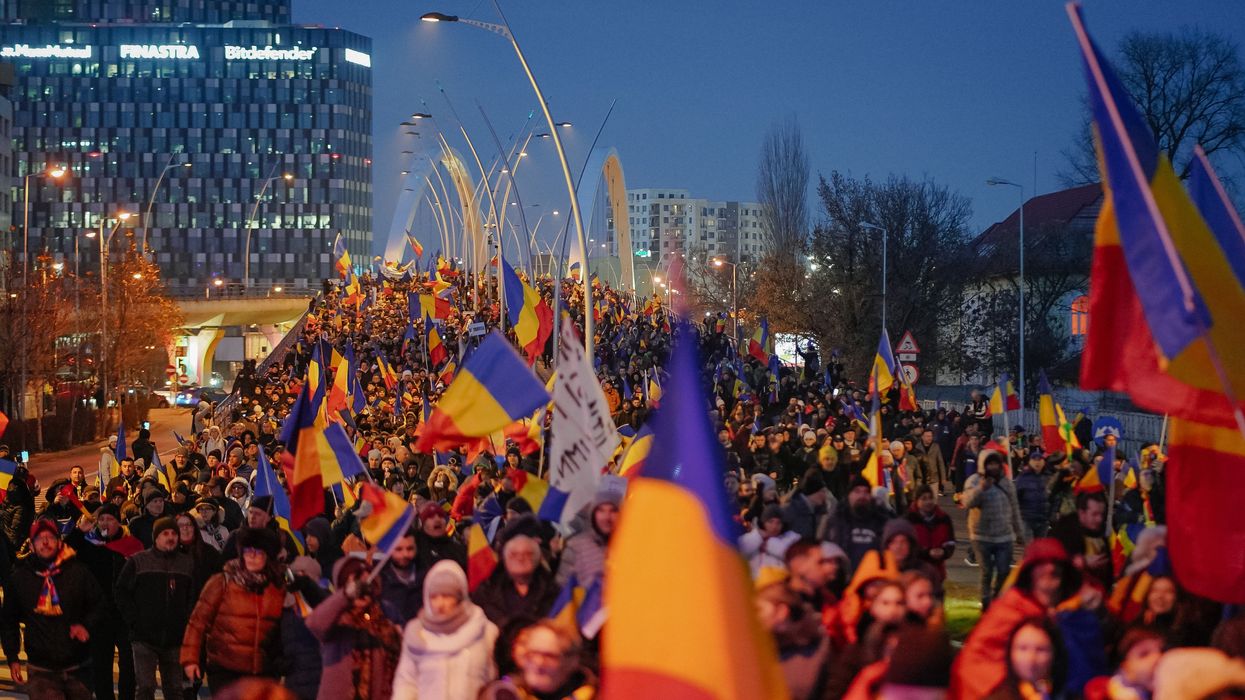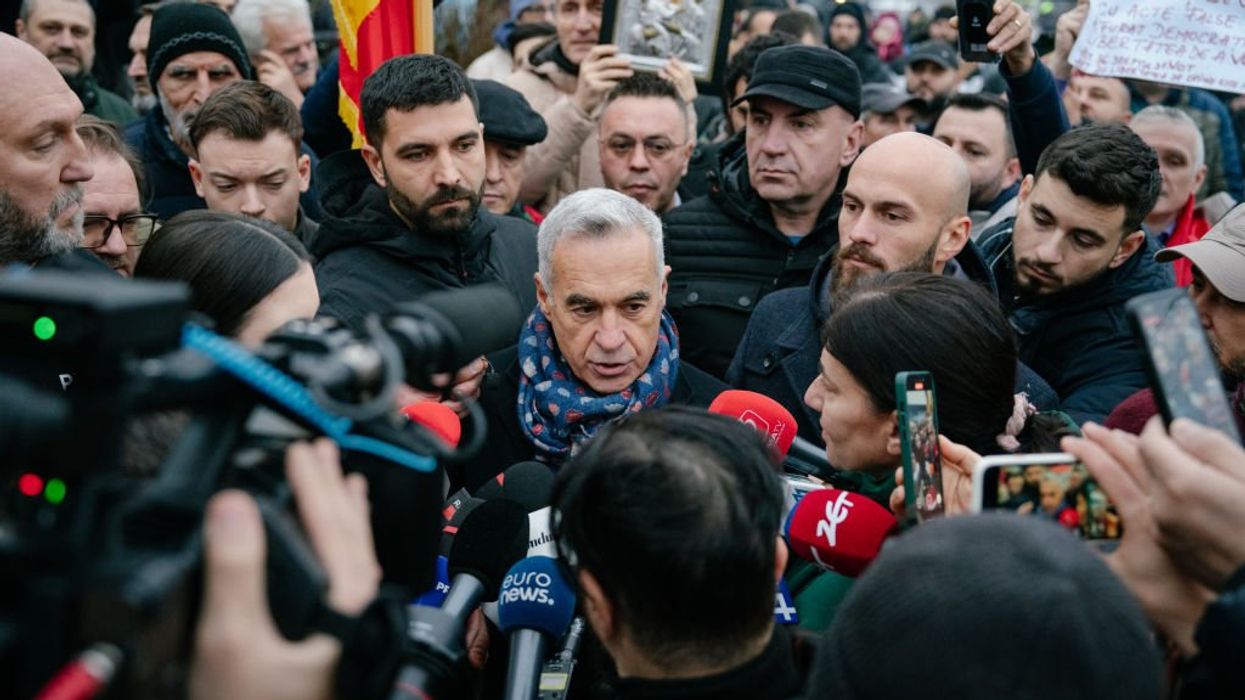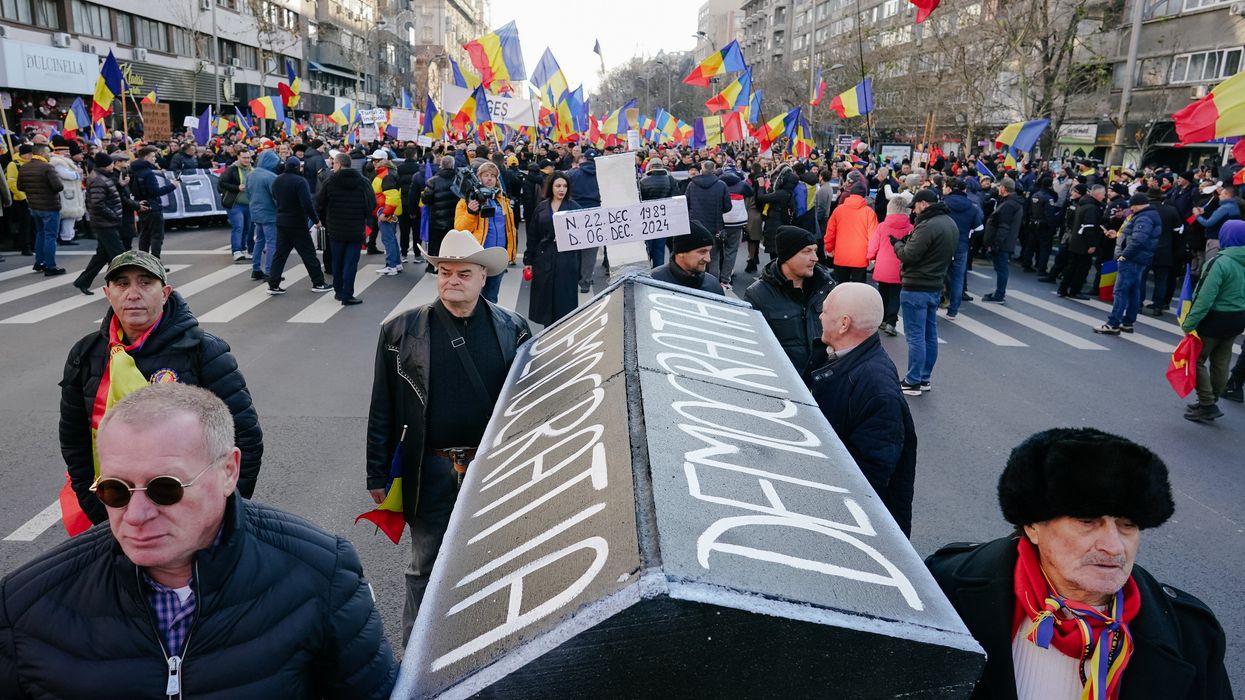President Trump might just be the master media manipulator he believes he is after all. Following a riotous weekend over his executive order banning travel from several predominantly Muslim countries, Trump is poised to take the air out of the left's astroturf outrage and turn it to the Supreme Court.
In quintessential Trump style, the announcement will air live on television during prime time --- ensuring as many eyeballs are on him as possible.
According to sources close to The Glenn Beck Program, the list of 21 candidates Trump released prior to the election is down to three, and more likely it's between two of the three men. Here are the finalists and what their nomination could mean to future of the Supreme Court.
3. William Pryor: The Partisan (Right of Alito, Left of Clarence Thomas)
Pryor is on the 11th Circuit Court of Appeals in Atlanta and he is the oldest of the possible choices. At 54, he would still have a long career ahead of him on the bench, however.
He is by far the most outspoken of the three and the definitely the least liked by the Democrats. Choosing Pryor would fit the mold of Trump not caring what anyone says, but the President would be in for a fight to get him confirmed. Chances are he would get through, but it would expend a lot of political capital --- which remains to be seen if that even matters for this administration.
One sticking point for evangelicals was when he, as Attorney General of Alabama, had Judge Roy Moore ousted for refusing to obey a federal court order to remove the ten commandments from the state judicial building. Pryor stated this was only to follow a court order, but this is one knock on him the far right has held on to, as well as his recent support for transgender rights.
He is not afraid to say what he believes, which is why the left calls him a bomb-thrower and considers him a culture warrior. Many on the right see him as a conservative star on the rise as he is a fierce critic of Roe v Wade, has upheld the Georgia voter ID law and has called sectarian prayers opening a local commission meeting constitutional. He's probably not a Scalia-in-waiting, but who is? He's more in the mold of an Alito, but this all may be moot if the reports are correct, as it looks like he's probably on the outside looking in.
2. Thomas Hardiman: The Centrist (Left of Roberts, Right of Kennedy)
Hardiman is definitely the more moderate of the choices, something conservatives are wary of after appointments like Kennedy and Roberts haven't turned out the way they had hoped for. He is the only one of the candidates or sitting members of the bench without an Ivy League pedigree. He grew up in public schools in a blue collar family and went to Notre Dame and put himself through law school at Georgetown by driving a taxi.
He fits the bill with regard to his pro-life stance and he is strong on the second amendment, but he is seen as a government friendly conservative like William Rehnquist and has sided with Big Brother on censorship issues. He is 51 and like the other two candidates would likely have influence for decades to come. He might be the most confirmable of the three, having been confirmed 95-0 on the appellate court with votes from Senate Minority Leader Chuck Schumer and Diane Feinstein.
He is a former trial judge who has been serving on the 3rd Circuit Court of Appeals in Philidelphia, which happens to be the same court as President Trump's sister --- Maryanne Trump Barry. He receives a glowing recommendation from her and Barry is thought to have significant influence on her brother --- so don't be surprised if Hardiman ends up being the nominee.
1. Neil Gorsuch: The Libertarian (Right of Scalia, Left of Clarence Thomas)
Gorsuch is a name not many knew outside of political junkie circles, but he has quickly risen to the top of the list over the past couple of weeks. At 49 years old, he would theoretically have the best chance of having a lasting influence. He is pro-life and has sided against assisted suicide, but has yet to have a ruling in an abortion case. This might help win some votes from democrats while conservatives can still feel relatively comfortable on where he stands.
His lack of a record might make him less likely to be Borked than a Pryor nomination could. Gorsuch sided with Hobby Lobby and Little Sisters of the Poor in upholding their right to follow their religious beliefs when it cames to mandatory insurance laws, and he's believed to have the libertarian streak of Scalia and the smooth style of Roberts.
Gorsuch has stated he is an originalist, meaning he believes in interpreting the constitution as it was written “rather than pronouncing the law as they might wish it to be in light of their own political views.”
What does it all mean?
If John Roberts has taught us anything, it's that you never know what you're going to get from the bench until you get it. Was Roberts blackmailed into his Obamacare ruling, did he cave to the legacy-making aspect of the case or did his spine just turn to jelly? When it comes to replacing a champion of small government conservatism like Antonin Scalia, chances are the nominee will stand in the vast shadow of his legacy and never eclipse the work he was able to accomplish.
That being said, there will be a nominee and it appears it will be one of these three. According to conservative circles, Hardiman is the least liked while Pryor is beloved by some but questioned by others. If when the dust settles Donald Trump lands on Neil Gorsuch, conservatives could do much worse.




